The building was built in 1911 as the Japanese Army Infantry Second Regiment Dormitory. It was renamed the Lixian Building after its renovation in 1968 and served as a guest dormitory for returning scholars and visiting professors. The exterior of the building features an ancient Roman design with a continuous arch system along the outer perimeter. Today, the building houses the Institute of Art Studies. The architectural highlights of the building are the front entrance and the Roman-style portico. Historical buildings in the same area include the Da-Cheng Building and the Department of History Building.
建造於1911年,原為日軍臺灣步兵第二聯隊本部,1968年修繕後,作為歸國學者或客座教授的下榻宿舍,更名為禮賢樓,外觀為古羅馬式,且其門廊以連續拱圈為特色,現為成大藝術研究所館舍。建築特色為主大門上的古典羅馬式門廊,相同年代的古蹟建築亦有大成館與歷史系館。

